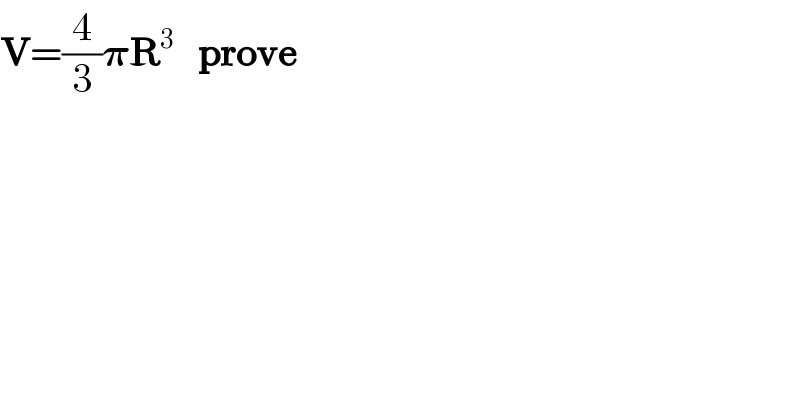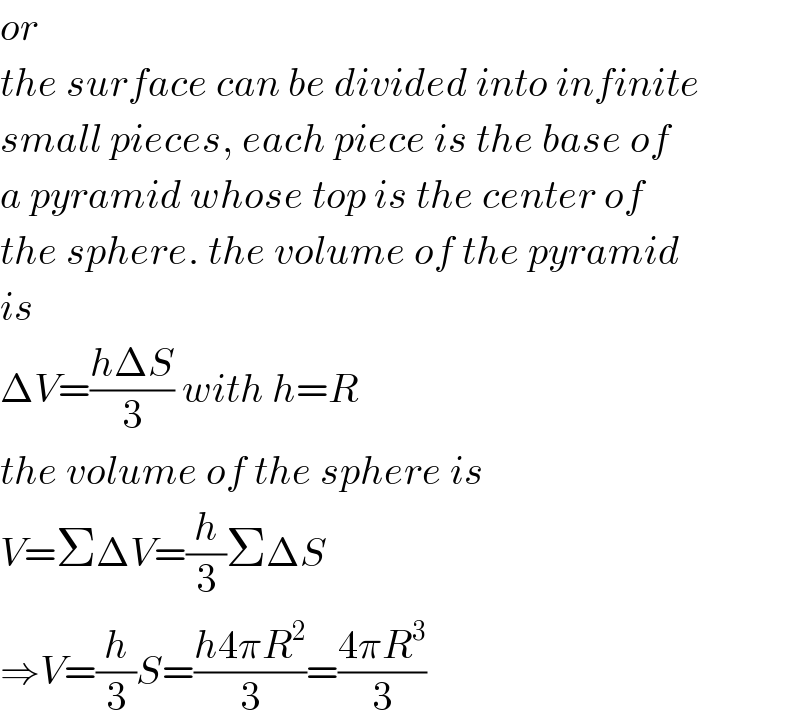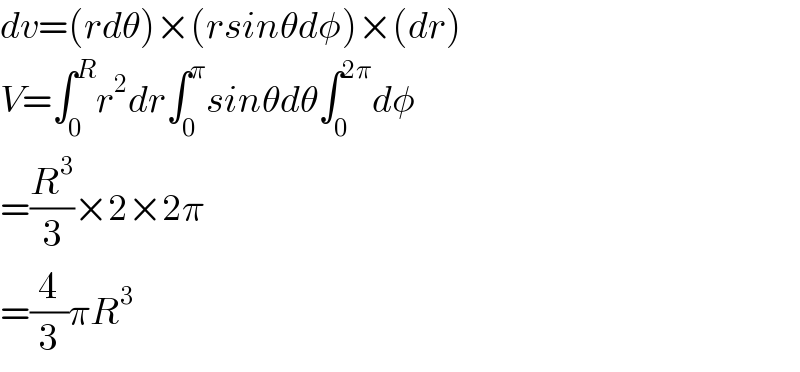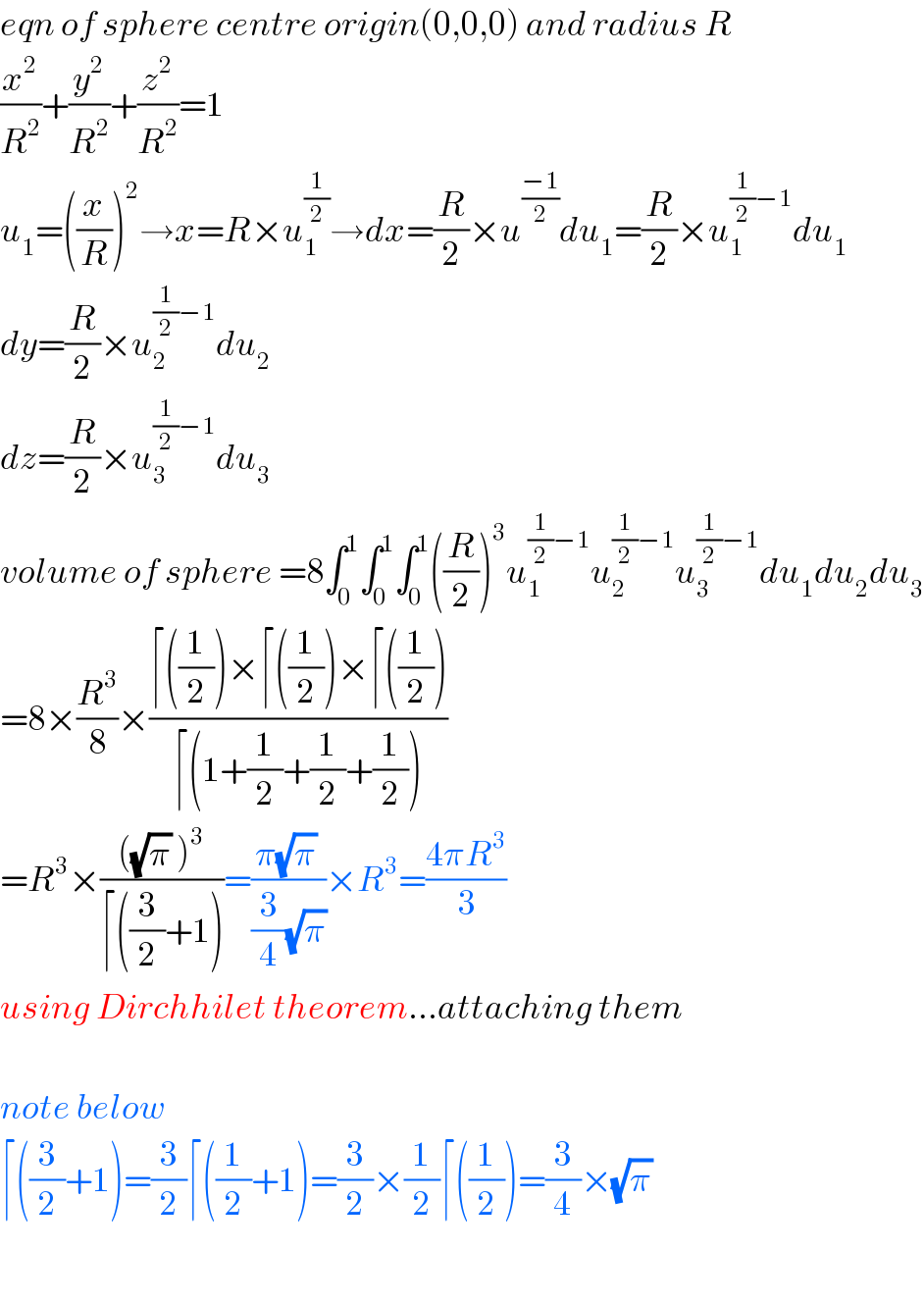
Question and Answers Forum
Question Number 60817 by ANTARES VY last updated on 26/May/19

Commented by Prithwish sen last updated on 26/May/19
http://mathcentral.uregina.ca/QQ/database/QQ.09.01/rahul1.html
Commented by Prithwish sen last updated on 26/May/19

Answered by ajfour last updated on 26/May/19

Commented by ajfour last updated on 26/May/19

Commented by mr W last updated on 26/May/19

Commented by mr W last updated on 26/May/19

Answered by tanmay last updated on 26/May/19

Commented by tanmay last updated on 26/May/19

Answered by Kunal12588 last updated on 26/May/19

Commented by Kunal12588 last updated on 26/May/19

Commented by Kunal12588 last updated on 26/May/19

Commented by Prithwish sen last updated on 26/May/19

Commented by Kunal12588 last updated on 26/May/19

Commented by Prithwish sen last updated on 26/May/19

Answered by tanmay last updated on 26/May/19

Commented by tanmay last updated on 26/May/19

